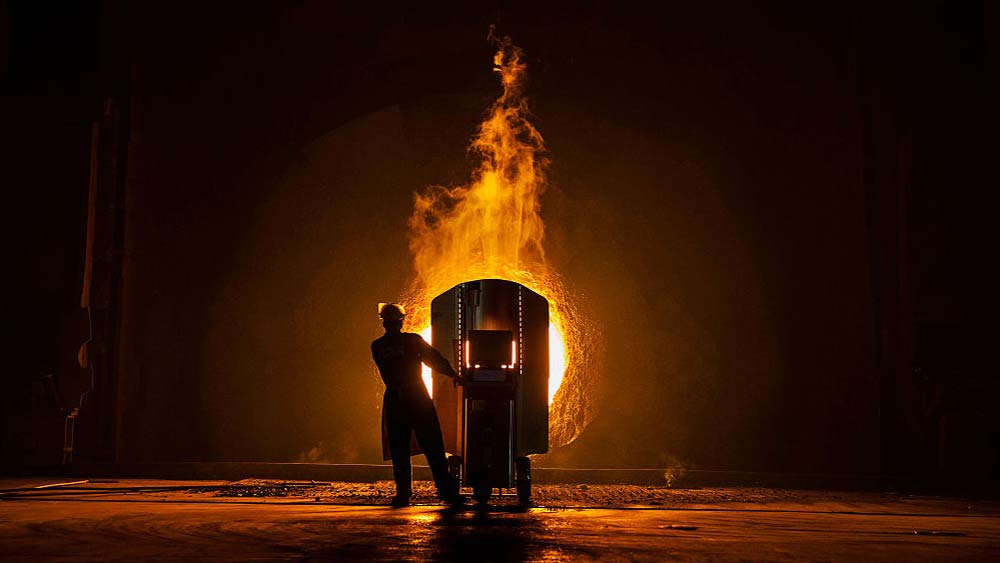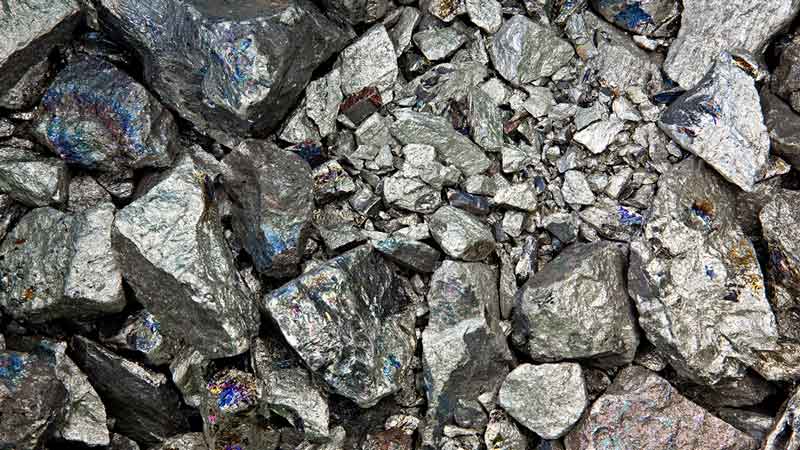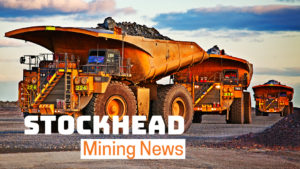Here’s why it could be a good time to invest in these little-known niobium stocks

Pic: Getty
Niobium doesn’t often crop up in conversation, but this rarely-talked-about metal has strong prospects.
The majority of niobium — about 90 per cent of world production — is used in the making of high-strength, low alloy steel (HSLA).
Ferroniobium — an alloy of iron and niobium and the main agent used for HSLA steel — is in high demand says consultant Roskill.
Roskill estimates world production of crude steel in 2017 was 1.63 billion tonnes, but only a small percentage was HSLA steel.
The addition of ferroniobium to steel has performance and cost benefits and is only a minor contributor to cost.
“Demand for ferroniobium is not going to fall over time; it can only increase,” Roskill noted.
The ferroniobium price does not generally move sharply and Roskill does not expect it to rise above $US40 ($52) per kilogram before 2024. However, steelmakers are anticipating an increase this year.
Shortage of production
There are only three mines in the world that currently produce niobium as their primary product and there have been no new mines brought into production since the mid-1970s.
There are just two ASX-listed juniors that are looking primarily for niobium and there are 20 others who have projects that host niobium among other commodities, mostly lithium and tantalum.

Cradle Resources (ASX:CXX) has a 50 per cent stake in the Panda Hill niobium project in Tanzania, which it is working to move towards financing and construction.
The company has been in talks with the Tanzanian government to clarify the uncertainty surrounding new mining legislation.
Globe Metals & Mining (ASX:GBE), meanwhile, recently restarted work on a feasibility study at its Kanyika niobium project in Malawi.
Since late 2015, Globe had been looking at opportunities outside the mining sector and was particularly interested in making its foray into the agricultural and food and beverage sectors.
But a brighter outlook for niobium prompted the company to revisit its Malawi project.
> Bookmark this link for small cap breaking news
> Discuss small cap news in our Facebook group
> Follow us on Facebook or Twitter
> Subscribe to our daily newsletter
US wants more
Niobium is classified as a strategic metal by the US, with usage growth estimated to be 25 per cent over the next six years.
The Americas are the largest users of ferroniobium in steel, followed by Europe and Japan.
China, which is currently not a big consumer of ferroniobium, also presents an opportunity, particularly as it has no niobium deposits of its own.
“It is reasonable to expect HSLA usage to grow, particularly in countries where intensity of ferroniobium use is well below the world average,” Roskill noted.
The current global market is worth around $3 billion per annum, or three times the graphite market.
Good for electric vehicles
Niobium also has a role to play in the electric vehicle market.
Toshiba revealed in October last year that niobium-titanium used in lithium rechargeable batteries boosts the driving range of electric vehicles to 320km on 6-minute, ultra-rapid recharge.
According to the Japanese heavyweight, that is triple that possible with current lithium-ion batteries.
Car makers are on the verge of mass market production of electric cars, according to a new report from consultant McKinsey.
More than 100 new electric vehicle models are expected to be launched by 2024, which could see electric vehicle sales account for 30 to 35 per cent of passenger vehicle sales in major markets like China, Europe and the US by 2030. Electric vehicles only accounted for about 1 per cent of the market in 2017.
Increasing the range of electric vehicles is a key to them gaining market share, according to McKinsey.
UNLOCK INSIGHTS
Discover the untold stories of emerging ASX stocks.
Daily news and expert analysis, it's free to subscribe.
By proceeding, you confirm you understand that we handle personal information in accordance with our Privacy Policy.








